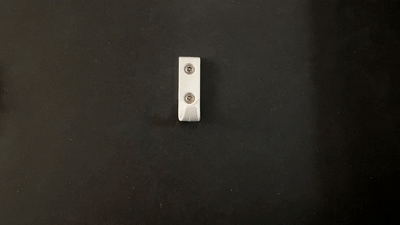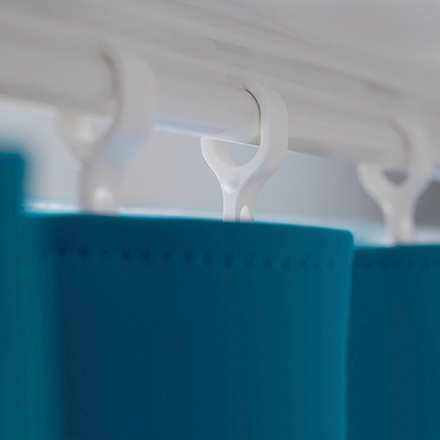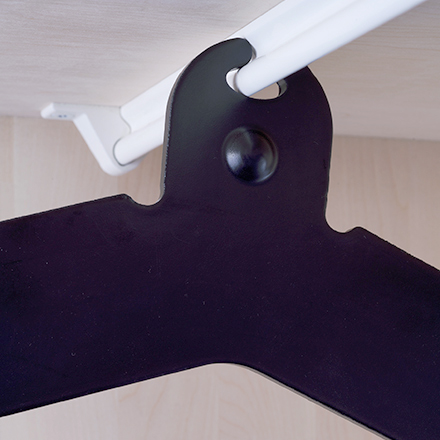Most healthcare professionals that specialize in mental health, will have experiences of violence etched into their memories that are hard to forget. Although most mental health patients are non-violent, there is a common theme with those that are at higher risk. They can be incredibly innovative and resourceful to achieve their desired motives. In some cases, the motive is self-harm and/or suicide.
In the design of mental health environments, it is important to maintain as much normalcy as possible for the non-violent patients however, the risks associated with the minority should never be overlooked for both staff and patient safety! Anti-Ligature simply means that the product cannot be used to bind or tie to, not allowing for cords, cables, blankets, or other resources to be used as a ligature. The good news is that there is technology to combine esthetics and safety in these environments using several innovative design elements as follows:
LOAD RELEASE
There are things you need to hang up in a patient room to avoid it feeling sterile and drab. Common hooks and hangers are a risk to have in these environments unless they will completely release at the prescribed weight load and not break. An example of this is our new Healsafe Wall hook shown here: CLICK HERE

SEALED SPACE
With typical rooms, items like coat rods or grab rails must bear the weight of whatever it is purposed for, without releasing under load. All open spaces that you can loop a cord or rope through it are filled, preventing any potential risk. These products are especially important to ensure that the edges are tapered so it cannot sustain a ligature device like a rope. An example of this is our J track curtains: CLICK HERE

ONE PIECE
Ideally, furniture and hardware for these spaces should be one piece, unbreakable and incapable of being used as a weapon or as a device to assist it ligating. A broken piece of furniture can be sharp, a leveraging tool or a hiding place for contraband items and is dangerous to both the patient and staff. Reducing the components of furniture and hardware plus the use of tamper resistant hardware will mitigate this risk significantly. An example of this is our poly urethane clothes hangers: CLICK HERE

With new purpose-built products for areas that have the potential for violence, it is no longer necessary to make your environments cold and clinical, in fact they can be very warm and welcoming. Simple things like safe curtains can transform a room into a calming and comfortable space regardless of the known or unknown risk level of a mental health patient.